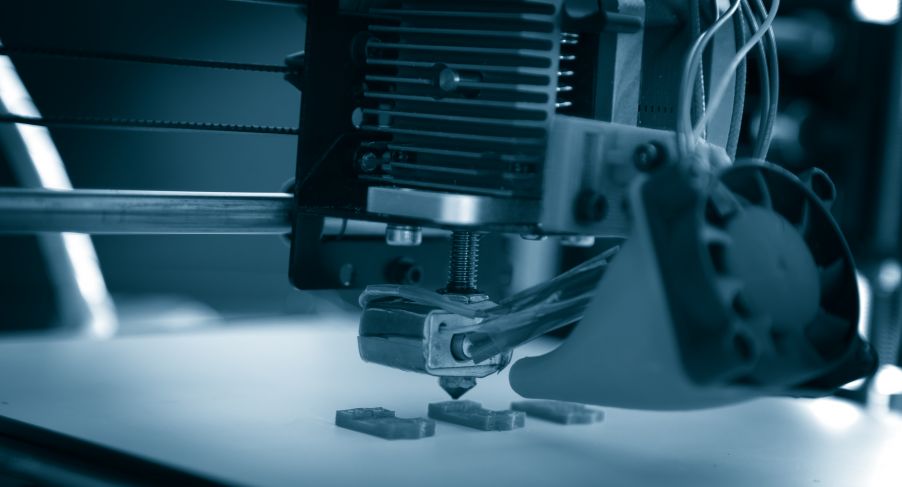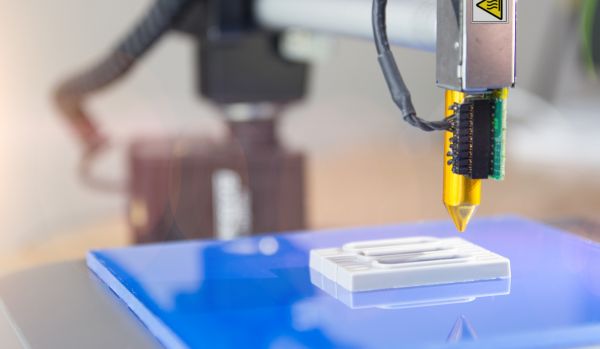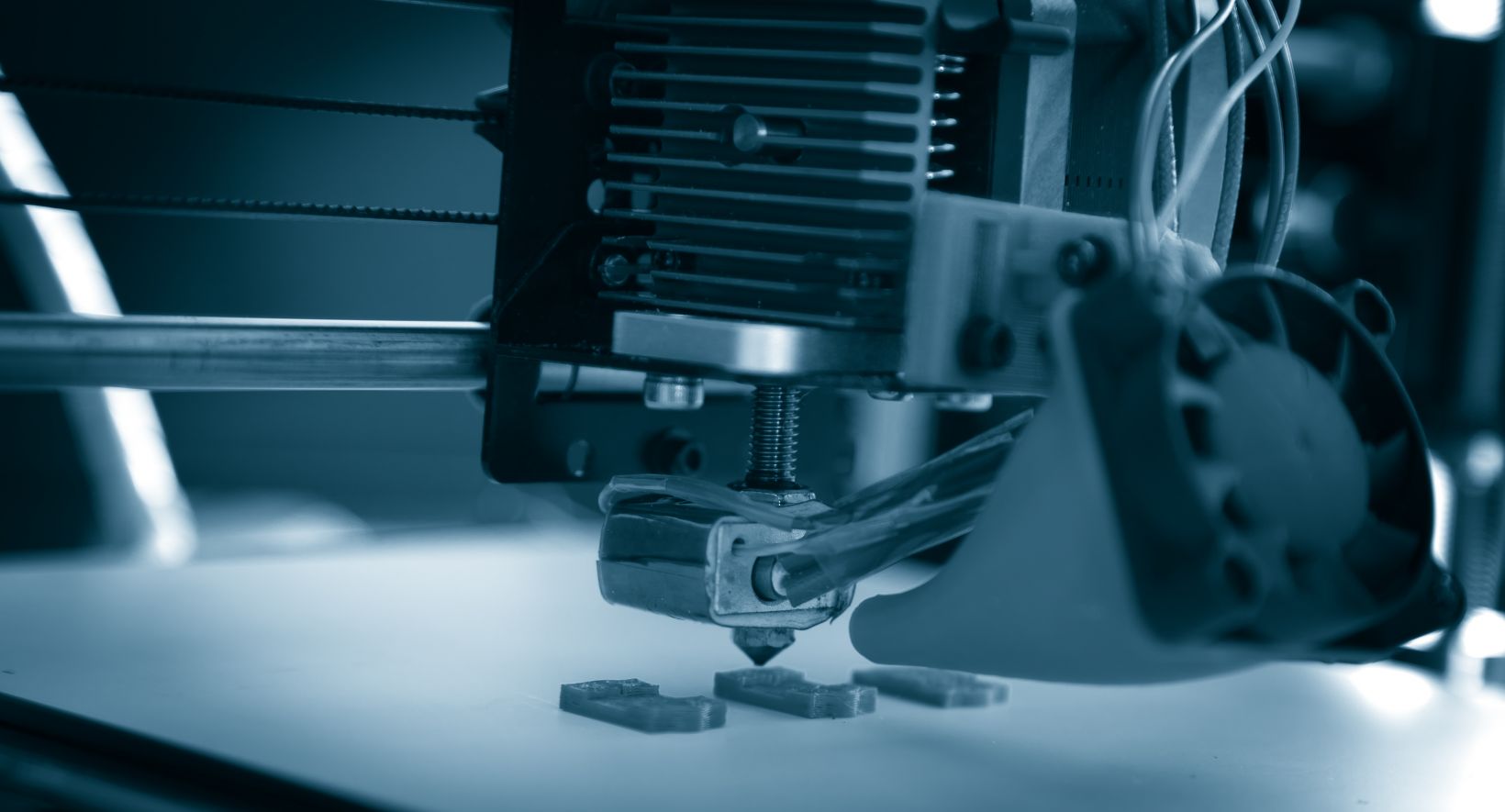Ten years ago, 3D printing might have conjured up images of replicators from popular sci-fi shows and movies, where anything can be created on a whim. Today, however, 3D printing—also known as additive manufacturing—provides manufacturers and researchers with a wide array of possibilities for creating new, easily customizable shapes and structures.
But as with every new manufacturing method, characterizing components and finished goods is an essential part of the production process. Optical metrology is a well-established and commonly used method for looking at surface properties, making it an ideal tool to inspect structures made by additive manufacturing.
To provide an overview of recent developments in optical metrology, we teamed up with scientific publisher Wiley to create an e-book series that contain research-based articles on specific applications. You can download and read this e-book here.
Overview of E-Book Contents
The first article, by Bazaz et al, looks at structures produced by soft lithography of polydimethylsiloxane (PDMS)—a polymer with wide-ranging applications in microfluidics. To determine different roughness parameters the researchers used our LEXT™ OLS5000 confocal laser scanning microscope.
Lithography also features in the second article by Brinkmann et al. It describes a new method for additive manufacturing of ceramic structures, in which resins reinforced with silicon carbide ‘whiskers’ are used to improve mechanical properties. The researchers needed to be able to investigate whisker size and geometry at very high resolutions, so they used a LEXT microscope because of its ability to carry out precise 3D measurements with an axial resolution of 10 nm and a lateral resolution of 25 nm.
Gerlein et al look at laser-assisted selective crystallization of titanium dioxide (TiO2) in the e-book’s final article. This method enables high-yield amorphous-to-crystalline conversion of TiO2 at room temperature, and a LEXT microscope was used for the required high-resolution optical imaging and 3D reconstructions.
Together, these articles provide insights into the way laser confocal microscopes enable detailed qualitative and quantitative analysis of surfaces produced by additive manufacturing. The e-book also contains a concise introduction to additive manufacturing and some quick, useful tips to keep in mind when writing a scientific paper. A worthwhile read for anyone involved in this developing field.
Take a look at the e-book here.
Related Content
Basic Principles of Laser Scanning Microscopes
Fusing Technology and Expertise to Help Solve Emerging Inspection Challenges
Poster: How Laser Scanning Confocal Microscopy Benefits 3D Printing





